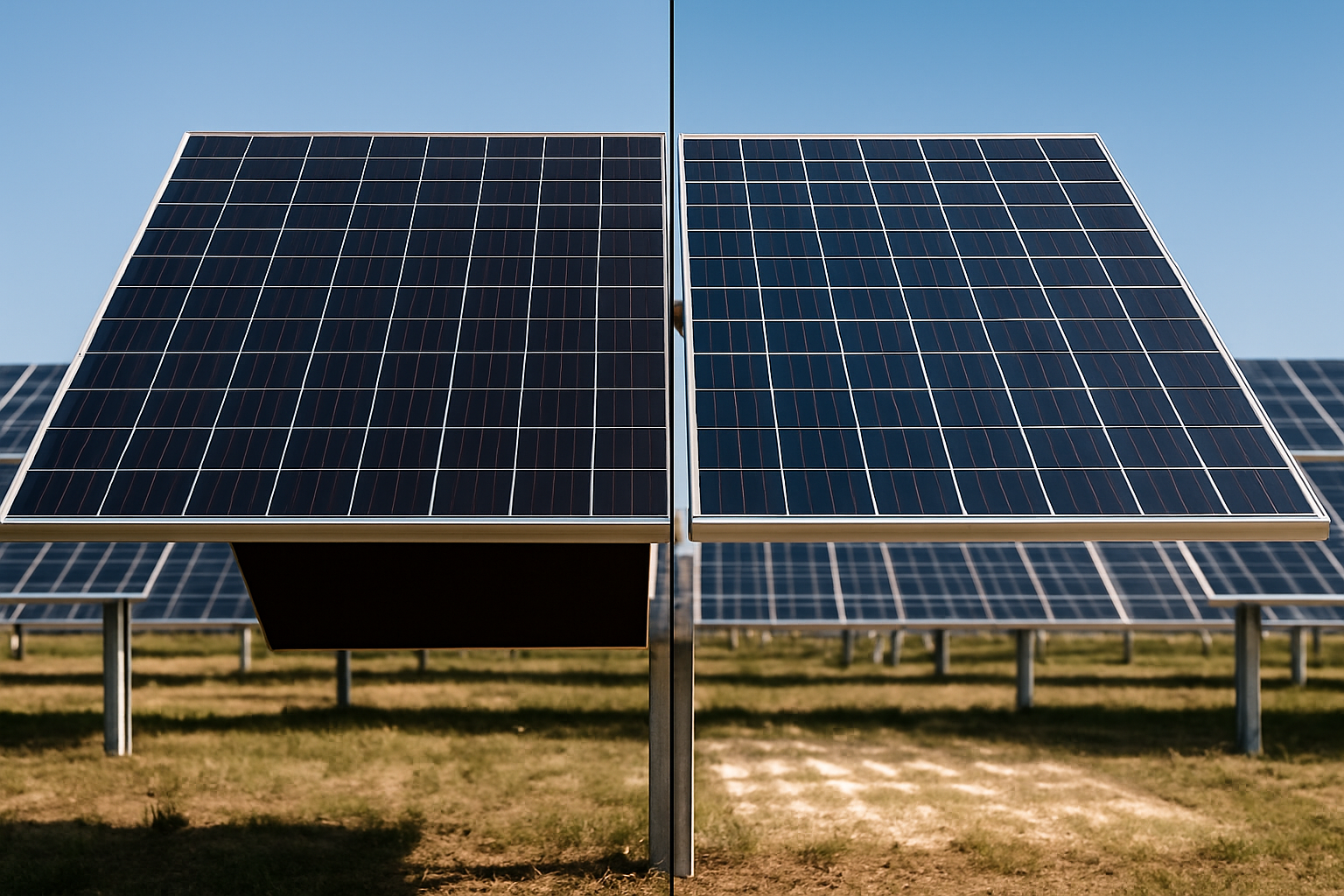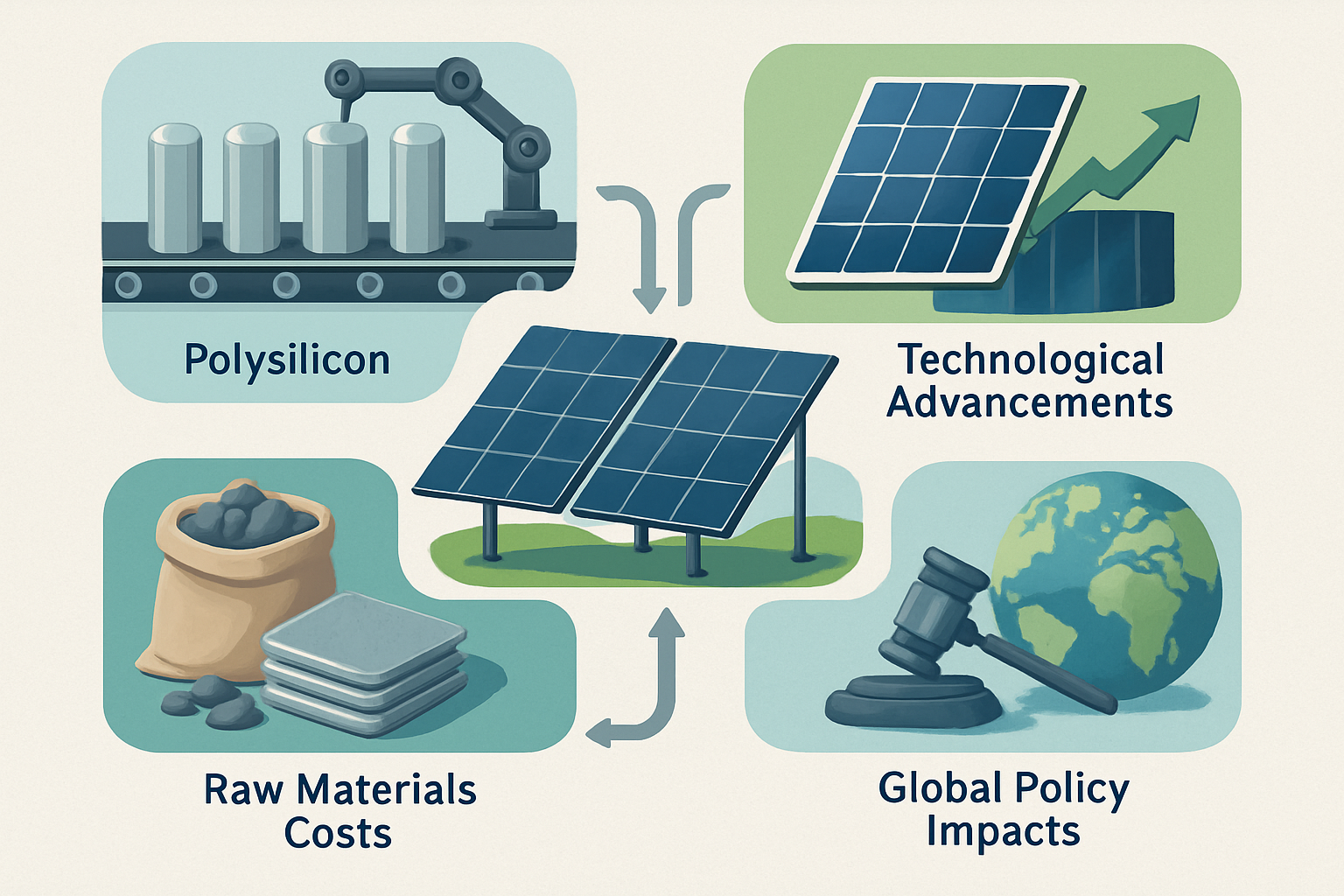Perovskite solar cells represent a compelling advancement in solar technology. They promise high efficiency and flexibility, potentially transforming how we harness solar energy. However, questions about their long-term durability often arise. This discussion separates the facts from common misconceptions, offering a clear view of perovskite module durability today.

Perovskite Solar Cells: A Promising Technology
Perovskite solar cells have achieved remarkable efficiency levels in laboratory settings. Their record laboratory-cell efficiencies now rival those of conventional crystalline silicon (c-Si) cells. This makes them a strong contender for future mainstream solar technology, provided certain challenges are addressed.
The Efficiency Advantage
The efficiency of perovskite cells is a significant draw. Researchers and manufacturers continuously seek ways to surpass the physical limits of single-junction c-Si technology. Materials like perovskites, with different bandgap energies, offer a pathway to higher efficiency limits.
A major focus in solar PV industry research and development involves tandem technologies incorporating perovskites. When combined with silicon, perovskite cells have achieved efficiency rates of up to 29.15%. In fact, researchers in China successfully tested a perovskite-silicon tandem cell with 34.6% efficiency in 2024. This demonstrates the immense potential for boosting overall module efficiency.
Flexibility and Applications
Beyond efficiency, perovskite solar cells offer inherent flexibility. This characteristic allows for a wider range of applications compared to rigid crystalline silicon panels. Their adaptability could open doors for integrated solar solutions in various sectors, from building-integrated photovoltaics to portable power devices.
Durability Concerns: Separating Fact from Fiction
The principal challenge for perovskite technology remains long-term durability. While their efficiency is impressive, their stability under real-world conditions has been a subject of intense research and development.
Degradation Mechanisms: Moisture and UV Light
Compared to conventional solar cells, perovskite cells are more susceptible to damage from environmental factors. Moisture and ultraviolet (UV) light are primary culprits in their degradation. These elements can break down the perovskite material, leading to reduced performance over time. This susceptibility has fueled much of the skepticism surrounding their commercial viability.
Reliability Testing: Current Status
The scientific basis for long-term durability testing of perovskite modules is still evolving. Standardized testing protocols, similar to those established for c-Si, are crucial for accurately predicting perovskite solar cell lifespan and ensuring perovskite module reliability. As the technology matures, more robust and universally accepted testing methods will emerge, providing clearer insights into perovskite degradation mechanisms.
Advancements in Perovskite Durability
Significant progress has been made in addressing the durability concerns of perovskite solar cells. Researchers are actively developing new materials and fabrication techniques to enhance their stability.
Breakthroughs in Stability
Scientists are making strides in improving perovskite durability. For instance, in 2024, scientists in the United States developed a method to significantly improve the durability of high-efficiency perovskite cells. These advancements are critical for moving perovskite technology from the laboratory to widespread commercial deployment.
Current efforts with this technology focus on improving long-term stability, enabling scalable manufacturing, and incorporating novel materials. These steps are designed to unlock the full potential of these cells.
Tandem Cell Technology
Tandem cells, which combine perovskites with silicon, offer a dual benefit: higher efficiency and improved durability. By leveraging the strengths of both materials, these hybrid cells can achieve superior performance. The 2024 success in China with a 34.6% efficient tandem cell and the 29.15% efficiency reported for perovskite-silicon combinations underscore this potential.
Perovskite vs. Silicon: A Durability Comparison
Understanding the durability of perovskite modules requires a comparison with established technologies like crystalline silicon. This helps in setting realistic expectations for perovskite solar cell lifespan.
Lifespan Expectations
Crystalline silicon modules have a proven track record of operating for 25-30 years or more, with well-understood degradation rates. For perovskites, the goal is to approach or match this longevity. While current commercial perovskite modules may not yet offer the same lifespan as mature silicon technology, ongoing research aims to close this gap rapidly. Predicting energy produced over time will become more accurate with new scientific understanding of performance, degradation, and reliability.
Real-World Performance Outlook
Energy yield describes the annual energy produced by a PV system. While efficiency is measured under standard conditions, operating efficiency depends on factors like temperature and incident light. Perovskite's potential for high operating efficiency, especially in tandem configurations, could significantly boost energy yield. Continued evolution of existing PV technology, including perovskites, is expected to improve efficiency, boost lifetime energy yield, and reduce costs over the coming decade.
The Path Forward for Perovskite Modules
The journey from laboratory breakthroughs to widespread commercial adoption involves several critical steps. The solar industry is actively working to mature perovskite technology.
Manufacturing and Commercial Viability
The next steps involve applying advanced manufacturing techniques to higher-efficiency cells and further improving perovskite durability. Scalable manufacturing processes are essential to bring down costs and make perovskite modules competitive. Advances in manufacturing will move emerging ideas from the lab to the market faster than ever before.
New solar technologies, such as those combining multiple types of solar cells like crystalline silicon and perovskites, could increase efficiency and push down the cost of all area-dependent parts of a PV system.
Future Outlook and Energy Independence
Perovskite technology is poised to play a vital role in the future of solar energy. If current challenges, particularly durability, are resolved, this technology could mature into a viable alternative or complement to mainstream cell technology. Its potential to offer reliable and scalable energy solutions aligns with the broader goal of achieving energy independence for homes and communities. Continued innovation in this field will make solar electricity a cheap and ubiquitous foundation of a clean grid.
Frequently Asked Questions
How do perovskite solar cells compare to silicon in terms of efficiency?
Perovskite solar cells have achieved record laboratory efficiencies that compete directly with those of crystalline silicon cells. In tandem configurations, combining perovskites with silicon, efficiencies have reached as high as 34.6%, surpassing the limits of single-junction silicon cells.
What are the main challenges for perovskite module durability?
The primary challenges for perovskite module durability involve their susceptibility to moisture and ultraviolet (UV) light. These environmental factors can lead to degradation of the perovskite material over time. Ongoing research focuses on developing new materials and encapsulation techniques to overcome these issues.
When can we expect widespread commercial availability of durable perovskite modules?
While perovskite technology is still maturing, significant advancements in durability and manufacturing scalability are occurring rapidly. With ongoing research and development, including breakthroughs in stability and tandem cell technology, widespread commercial availability of durable perovskite modules is anticipated in the coming years, contributing to a more diverse and efficient solar market.





Leave a comment
All comments are moderated before being published.
This site is protected by hCaptcha and the hCaptcha Privacy Policy and Terms of Service apply.